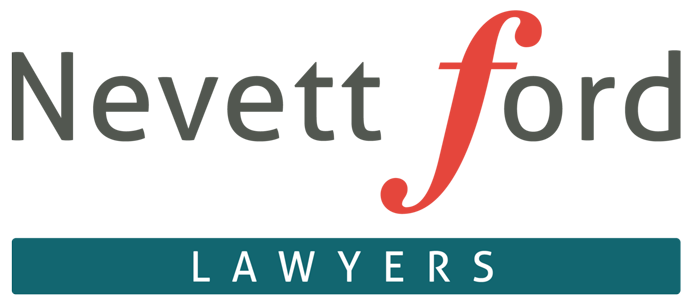The Working Holiday Maker (WHM) visa program consists of two categories: the Working Holiday (subclass 417) and the Work and Holiday (subclass 462) visas. Individuals holding these visa subclasses are collectively known as Working Holiday Makers (WHMs).
The primary goal of the WHM visa program is to build meaningful connections between Australia and partner countries. This initiative enables young people to enjoy an extended holiday in Australia (and vice versa) while also participating in short-term employment opportunities.
Condition 8547 – the 6-month employer limitation
The duration of employment for WHMs is typically constrained by condition 8547, allowing a maximum of period six months with a single employer. Exceptions to this six-month limitation are afforded only under specific circumstances. Otherwise, permission may be granted by the Australian Department of Home Affairs in limited circumstances, where the exception does not apply.
COVID-19 Pandemic Concession – ENDING
The condition 8547 was temporarily relaxed from 19 January 2022, in order to address severe labour shortages since the COVID-19 pandemic. Through this temporary relaxation, WHMs are currently able to work for a single employer for longer than 6 months. It is important to note that this will end on 1 January 2024 – meaning WHMs who have worked for a single employer for longer than 6 months throughout the duration of their visa, will no longer be able to work for that employer and must make alternative arrangements needed.
Exceptions to the limitation to work for an employer for longer than 6 months
In some circumstances, WHMs may not be required to leave an employer they have been working with for longer than 6 months. These exceptions are meticulously specific and it is advised that individuals seek professional advice before continuing work with an employer beyond the 6-month limitation (once the above concession has ended).
- Holding an active Bridging Visa: An individual transitioning from a WHM visa to a Bridging A visa or Bridging B visa may encounter condition 8547 on their Bridging visa. This condition is specific to each visa, meaning that the six-month employment restriction restarts when a subsequent bridging visa becomes active. In practical terms, this allows someone who previously worked for a maximum of six months with an employer while on a WHM visa to potentially work for that same employer for an additional six months under their newly-active bridging visa.
- Employment is non ongoing: If a visa holder does not maintain continuous employment, this timeframe does not have to be uninterrupted. For instance, the visa holder could work for three months, then engage in a two-month travel period (where no ongoing employment agreement exists), and subsequently resume employment with the same employer for an additional three months.
Nevertheless, interruptions between work periods, such as paid or unpaid leave, when there is an ongoing employment arrangement contribute to the cumulative six-month total.
- Working for two related businesses: Generally, separate businesses (for example, with different Australian Business Numbers (ABNs)) may be considered different employers for the purpose of condition 8547.
- Working for a labour hire company: A visa holder has the flexibility to work with the same labour-hire company or contractor for a period exceeding six months. However, it’s important to note that providing services to the same end user is restricted to a maximum of six months.
- Work at different locations: A visa holder may also be employed by the same end user for a combined total of more than six months, provided the work is undertaken in different locations and work in any one location does not exceed six months.
- Receiving workers compensation: A visa holder whose period of employment exceeds six months with one employer while he or she is receiving workers compensation payments is taken to have permission to work longer than six months
- Plant and animal cultivation work anywhere in Australia, which includes harvesting or picking fruit and vegetable crops,
- Work in certain high-demand industries in Northern Australia only, including construction, mining, fishing and pearling, and aged care/disability services.
Seeking permission to work for an employer for longer than 6 months
WHMs are able to request permission to work for a single employer for longer than 6 months. Permissions to work longer than 6 months for an employer are assessed on a case-by-case basis. Circumstances where permission can be sought include where a visa-holder is an au pair, have made an application for a long-term work visa, or there are exceptional circumstances that apply.
These requests must include the following:
- be made at least two weeks before the expiry of the six‑month work period; and
- be in writing; and
- specify when they commenced working with their employer and when the six‑month period will end; and
- give full details of the ‘limited circumstances’ in which they are seeking permission to work longer than six months; and
- specify how long they wish to continue working for their employer; and
- provide supporting documentation from the employer to request the permission.
Options beyond a WHM visa
If you and your employer need you to work for longer, and the above exemptions or permissions do not apply to you, it may be time to consider a longer-term work visa. To discuss your eligibility for a work visa, such as the Temporary Skills Shortage (TSS, Subclass 482) Visa, or a Training (Subclass 407) Visa, contact our office.
Nevett Ford Lawyers – Immigration Lawyer Melbourne & Australian Citizenship Lawyer
Telephone: +61 3 9614 7111
Email: melbourne@nevettford.com.au
Visit our website: www.nevettford.com.au

